Home>Articles>What Is The Best Bar Pressure For A Coffee Machine
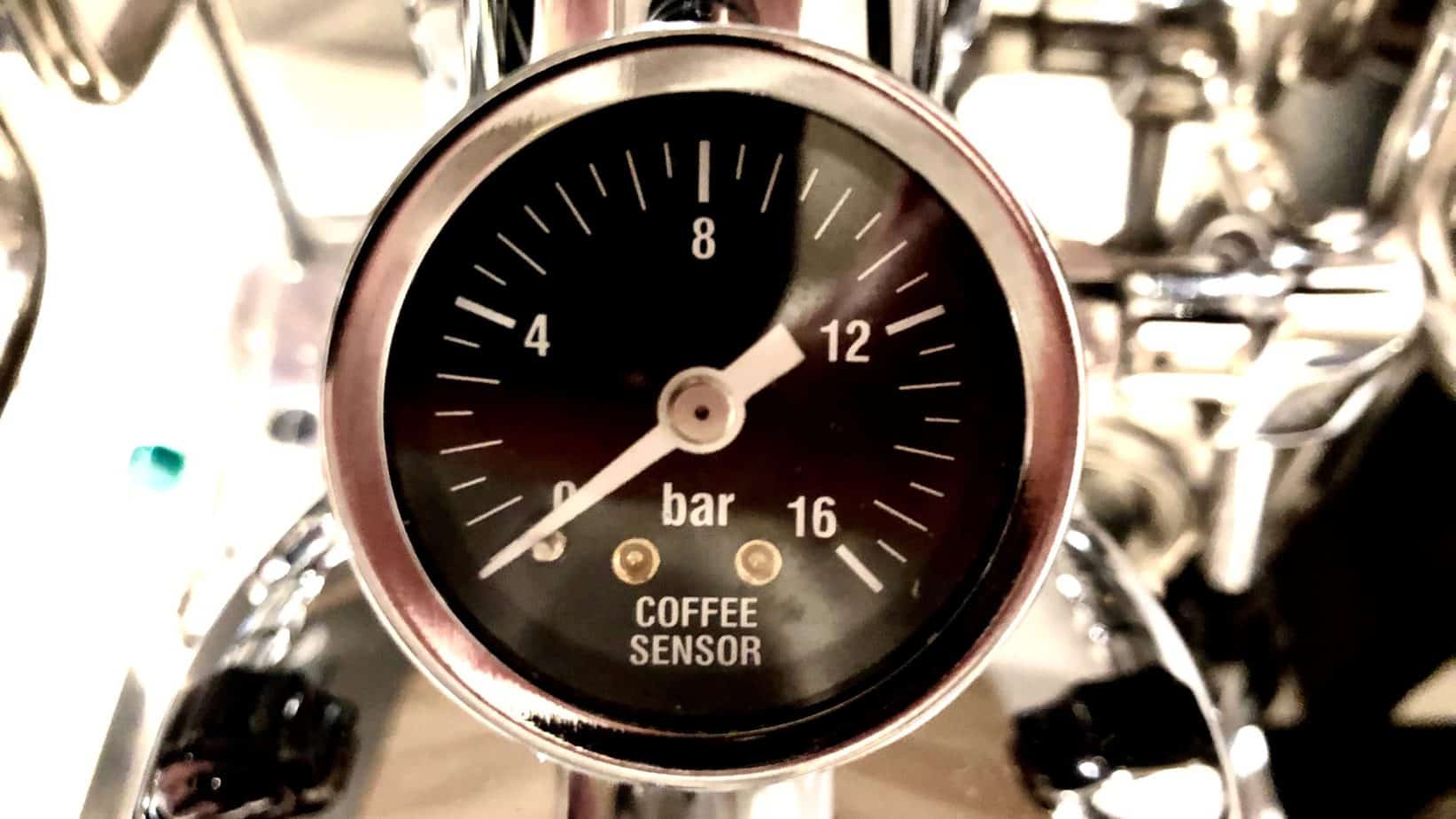

Articles
What Is The Best Bar Pressure For A Coffee Machine
Modified: August 17, 2024
Discover the ideal bar pressure for your coffee machine with our expert articles. Fine-tune your brewing process for a perfect cup of coffee every time.
(Many of the links in this article redirect to a specific reviewed product. Your purchase of these products through affiliate links helps to generate commission for Storables.com, at no extra cost. Learn more)
Introduction
Welcome to the world of coffee, where the perfect brew is a result of both art and science. Coffee enthusiasts and baristas alike understand that a great cup of coffee starts with the right equipment. One essential component of a coffee machine that can greatly impact the quality and flavor of your brew is the bar pressure.
Bar pressure refers to the amount of pressure exerted by the water on the coffee grounds during the brewing process. It plays a crucial role in extracting the flavors, oils, and aromas from the coffee beans, ultimately determining the strength and taste of your cup of joe.
In this article, we will delve into the world of bar pressure in coffee machines, exploring its importance, factors to consider when choosing the right bar pressure, recommended settings for different types of coffee machines, how to adjust bar pressure, and debunking common misconceptions. So grab a freshly brewed cup of coffee, and let’s dive in!
Key Takeaways:
- Bar pressure is crucial for extracting flavors and achieving a balanced, flavorful cup of coffee. It’s just one piece of the puzzle, so consider other factors like grind size and water temperature for the perfect brew.
- Understanding and adjusting bar pressure can enhance your coffee brewing experience. It’s important to dispel misconceptions and consider factors like bean quality and freshness for a truly exceptional cup of coffee.
Read more: What Is Best Coffee Machine
Understanding Bar Pressure in Coffee Machines
Bar pressure, often referred to simply as “bars,” is a unit of measurement used to quantify the pressure at which water is forced through the coffee grounds in a coffee machine. The higher the bar pressure, the more forceful the water will be when it interacts with the coffee.
Most espresso machines have a built-in pump that generates the necessary bar pressure. Traditional espresso machines typically have a bar pressure range of 9 to 15 bars, while modern espresso machines offer higher pressure options, reaching up to 19 bars.
It’s important to note that bar pressure alone does not guarantee a great cup of coffee. Other factors such as the grind size, coffee-to-water ratio, and brew time also play significant roles. However, bar pressure is a critical element in facilitating the extraction process and achieving a well-balanced and flavorful espresso shot.
When water is forced through the coffee grounds at an optimal bar pressure, it effectively extracts the desirable compounds from the beans, including the oils, flavors, and aromas. The pressure helps emulsify the oils, creating a rich and velvety crema—the golden layer found on top of a well-prepared espresso shot.
Furthermore, the correct amount of bar pressure ensures that the water passes through the coffee grounds evenly, preventing over-extraction and under-extraction. Over-extraction can result in a bitter and harsh taste, while under-extraction leads to a weak and sour flavor.
Having a basic understanding of bar pressure is essential for any coffee lover who wants to achieve excellent espresso-based beverages. By understanding how bar pressure affects the brewing process, you can make more informed decisions when selecting a coffee machine for your home or business.
The Importance of Bar Pressure
The bar pressure in a coffee machine is critical for several reasons. It directly affects the extraction process and, ultimately, the taste and quality of the coffee. Here are some key reasons why bar pressure is important:
- Optimal Extraction: The pressure exerted by the water is crucial for extracting the flavors, oils, and aromas from the coffee grounds. The right amount of pressure ensures a balanced extraction, bringing out the best characteristics of the coffee beans.
- Creamy Crema: Bar pressure plays a fundamental role in producing a thick and creamy layer of crema on the surface of an espresso shot. The crema not only adds visual appeal but also contributes to the overall flavor and texture of the beverage.
- Balanced Flavor Profile: Proper bar pressure helps achieve a well-rounded and flavorful cup of coffee. It ensures that the water passes through the coffee evenly, extracting the desirable compounds without over- or under-extraction. This results in a balanced flavor profile with the right amount of sweetness, acidity, and bitterness.
- Consistency: Bar pressure is crucial for maintaining consistency in the brewing process. With consistent bar pressure, you can expect uniform extraction, ensuring that each cup of coffee tastes the same, regardless of the barista or batch.
- Enhanced Espresso Quality: For those who enjoy espresso-based beverages such as cappuccinos and lattes, bar pressure significantly impacts the quality of these drinks. The correct amount of pressure ensures that the espresso shot is strong, full-bodied, and smooth, making it the perfect base for your favorite coffee creations.
It’s important to note that while bar pressure is a key factor, it is not the sole determinant of a great cup of coffee. Factors such as the quality of the coffee beans, the grinding consistency, water temperature, and the skills of the barista also contribute to the overall coffee experience. However, bar pressure sets the foundation for a well-extracted and flavorful brew.
Factors to Consider When Choosing Bar Pressure
When selecting a coffee machine, it’s important to consider several factors related to bar pressure to ensure you choose the right one for your brewing needs. Here are some key factors to consider:
- Machine Type: Different types of coffee machines have specific bar pressure requirements. For example, traditional espresso machines typically operate within the range of 9 to 15 bars, while pod-based machines often operate at lower pressures, typically around 3 to 5 bars. Consider the type of coffee machine you prefer and its recommended bar pressure range.
- Brewing Method: The desired brewing method will also influence the ideal bar pressure. If you enjoy traditional espresso shots, a machine with a higher bar pressure range would be suitable. However, if you prefer a milder brew, like a lungo or a long black, a machine with lower bar pressure might be more appropriate.
- Experience Level: Your level of experience and skill in brewing coffee also plays a role in choosing bar pressure. High-pressure machines require more finesse and experience to achieve optimal results. If you’re new to brewing coffee or prefer convenience, a machine with a lower bar pressure may be more user-friendly.
- Bean Type and Roast Level: The type of coffee beans you use and their roast level can also have an impact on the ideal bar pressure. Lighter roasts tend to be more delicate and may require lower pressures to prevent over-extraction, while darker roasts can handle higher pressures to extract their robust flavors.
- Personal Taste Preference: Ultimately, your personal taste preference should guide your decision. If you prefer a stronger, more intense espresso shot, a machine with higher bar pressure is recommended. On the other hand, if you enjoy a milder and smoother brew, a machine with lower bar pressure may suit your taste better.
It’s worth mentioning that while bar pressure is an important consideration, it should be evaluated in conjunction with other factors such as grinder quality, water temperature stability, and overall build of the machine. A well-balanced combination of these factors will ensure an exceptional coffee brewing experience.
The best bar pressure for a coffee machine is typically between 9-10 bars. This level of pressure is ideal for producing a rich and flavorful espresso with a good layer of crema on top.
Recommended Bar Pressure for Different Types of Coffee Machines
While the ideal bar pressure for a coffee machine can vary depending on personal preferences and factors such as bean type and brewing method, here are some general recommendations for different types of coffee machines:
- Traditional Espresso Machines: Traditional espresso machines, commonly found in cafes and specialty coffee shops, typically operate within the range of 9 to 15 bars. This range is considered ideal for extracting the maximum flavors and achieving a balanced espresso shot.
- Pump Espresso Machines: Pump espresso machines, which are designed for home use, often have adjustable bar pressure settings. It is recommended to set the bar pressure between 9 and 15 bars to achieve optimal extraction and a delicious espresso shot.
- Pod-Based Machines: Pod-based coffee machines, such as Nespresso or Keurig, typically operate at lower pressures, typically around 3 to 5 bars. These machines are designed for convenience and ease of use, and the lower bar pressure ensures a milder brew that is still flavorful.
- Drip Coffee Machines: Drip coffee machines do not require high bar pressure since they use gravity to extract flavors from the coffee grounds. A bar pressure of 1 to 2 bars is typically sufficient for these machines to deliver a well-balanced and tasty cup of drip coffee.
- French Press: The French press brewing method is unique and does not rely on bar pressure. Instead, a coarse grind size and steeping in water for a set period of time are the primary factors. Bar pressure is not a consideration when using a French press.
It’s important to note that these recommendations are general guidelines. The specific preferences of individual coffee drinkers may vary. It’s always recommended to consult the manufacturer’s instructions and experiment with different bar pressure settings to find the perfect balance for your taste.
Read more: What Is The Best Delonghi Coffee Machine
Adjusting Bar Pressure in Coffee Machines
Adjusting the bar pressure in a coffee machine can be a crucial step in achieving optimal extraction and flavor. However, it’s important to note that not all coffee machines allow for manual adjustment of bar pressure. Machines with adjustable bars are typically found in higher-end espresso machines designed for professional or advanced home use.
If your coffee machine has the option to adjust the bar pressure, here are some general steps to follow:
- Refer to the User Manual: First and foremost, consult the user manual provided by the manufacturer. The manual will provide specific instructions on how to adjust the bar pressure setting for your particular machine model.
- Locate the Bar Pressure Adjuster: In some machines, the bar pressure adjustment is located internally, requiring the removal of panels or components. In others, it may be accessible from the front or top of the machine. Follow the instructions in the user manual to locate the adjuster.
- Follow Safety Precautions: Before attempting to adjust the bar pressure, ensure that the machine is turned off and unplugged. It’s crucial to prioritize safety to avoid any accidents or damage to the machine.
- Adjust the Bar Pressure: Once you have located the bar pressure adjuster, use the specified tool or mechanism to make the necessary adjustments. Typically, turning clockwise will increase the pressure, while turning counterclockwise will decrease it. Refer to the user manual for specific instructions on the direction of adjustment for your machine.
- Test and Fine-Tune: After making the initial adjustment to the bar pressure, it’s important to test the machine’s performance. Pull a few espresso shots or brew a cup of coffee and assess the flavor, crema thickness, and overall extraction. If necessary, make further adjustments to achieve the desired results.
Keep in mind that adjusting bar pressure requires precision and careful consideration. It may take some trial and error to find the optimal setting that suits your taste preferences and the specific coffee beans you’re using.
If you are uncertain about adjusting the bar pressure yourself, it is recommended to consult a professional technician or reach out to the manufacturer for guidance. They can provide expert assistance and ensure that the adjustment is made correctly without causing any damage to the machine.
Common Misconceptions about Bar Pressure
When it comes to bar pressure in coffee machines, there are several misconceptions that can lead to confusion or misguided expectations. Let’s address some common misconceptions and clarify the truth:
- Higher Bar Pressure Means Better Coffee: One common misconception is that higher bar pressure always results in better coffee. While bar pressure is important, it is just one factor among many that contribute to a great cup of coffee. Factors such as bean quality, grind size, water temperature, and extraction time also play crucial roles in achieving optimal flavor.
- Maximum Bar Pressure is Essential: Some believe that a coffee machine must operate at its maximum bar pressure to produce great coffee. This is not true. The ideal bar pressure depends on the specific coffee machine and the brewing method employed. For example, traditional espresso machines typically operate within the range of 9 to 15 bars, and exceeding this range might lead to over-extraction and undesirable flavors.
- More Pressure, Stronger Coffee: Another misconception is that higher bar pressure automatically results in a stronger coffee. While increased bar pressure can contribute to a more concentrated and flavor-rich brew, factors such as coffee-to-water ratio, grind size, and brew time also significantly impact the strength of the coffee. Achieving a balanced and strong cup of coffee requires the right combination of these factors, not just bar pressure.
- Pressure Alone Determines Crema: Crema, the layer of foam on top of an espresso shot, is often associated solely with bar pressure. While bar pressure influences the creation of crema, other factors such as coffee freshness, roast level, and the presence of natural oils also contribute to its formation and thickness. It’s crucial to consider all these factors to achieve a rich and creamy crema.
- Bar Pressure Can Fix Poor-Quality Beans: Some believe that high bar pressure can compensate for low-quality or stale coffee beans. While bar pressure can help extract flavors and enhance the taste of the coffee, it cannot magically transform subpar beans into an exceptional brew. Using fresh, high-quality beans is essential for achieving the best coffee experience, regardless of the bar pressure.
Understanding these misconceptions can help coffee enthusiasts make more informed decisions about their brewing process. It’s essential to consider the interplay between bar pressure, grind size, brewing time, and the quality of coffee beans to achieve the desired flavor and quality in each cup of coffee.
Conclusion
Bar pressure is a vital element in the world of coffee machines and plays a significant role in extracting the flavors, aromas, and oils from coffee grounds. Understanding and appropriately adjusting bar pressure can make a noticeable difference in the quality and taste of your coffee.
While bar pressure is important, it’s essential to recognize that it is just one piece of the puzzle. Other factors, such as grind size, coffee-to-water ratio, water temperature, and bean quality, also impact the overall coffee brewing process. Achieving the perfect cup of coffee requires a balance of all these elements.
When choosing a coffee machine, consider the recommended bar pressure for the specific type of machine and brewing method you prefer. Remember, different machines have different optimal bar pressure ranges, so it’s essential to select one that aligns with your brewing goals.
Adjusting bar pressure in machines that offer this feature can be beneficial to fine-tune your brewing process. However, it requires careful consideration, following the manufacturer’s instructions, and potentially seeking professional assistance if needed.
Lastly, it’s important to dispel common misconceptions surrounding bar pressure. Remember that higher bar pressure doesn’t necessarily equate to better coffee, and other factors like bean quality and freshness are equally important. Don’t rely solely on bar pressure to compensate for poor-quality beans or expect it to single-handedly create perfect crema.
Now armed with the knowledge of bar pressure and its role in coffee brewing, you can confidently embark on your journey to explore the wonderful world of coffee and enhance your brewing skills. Experiment, taste, and enjoy the process as you discover the perfect cup of coffee that suits your preferences.
So go ahead, embrace the art and science of bar pressure in coffee machines, and elevate your coffee brewing experience to new heights.
Frequently Asked Questions about What Is The Best Bar Pressure For A Coffee Machine
Was this page helpful?
At Storables.com, we guarantee accurate and reliable information. Our content, validated by Expert Board Contributors, is crafted following stringent Editorial Policies. We're committed to providing you with well-researched, expert-backed insights for all your informational needs.
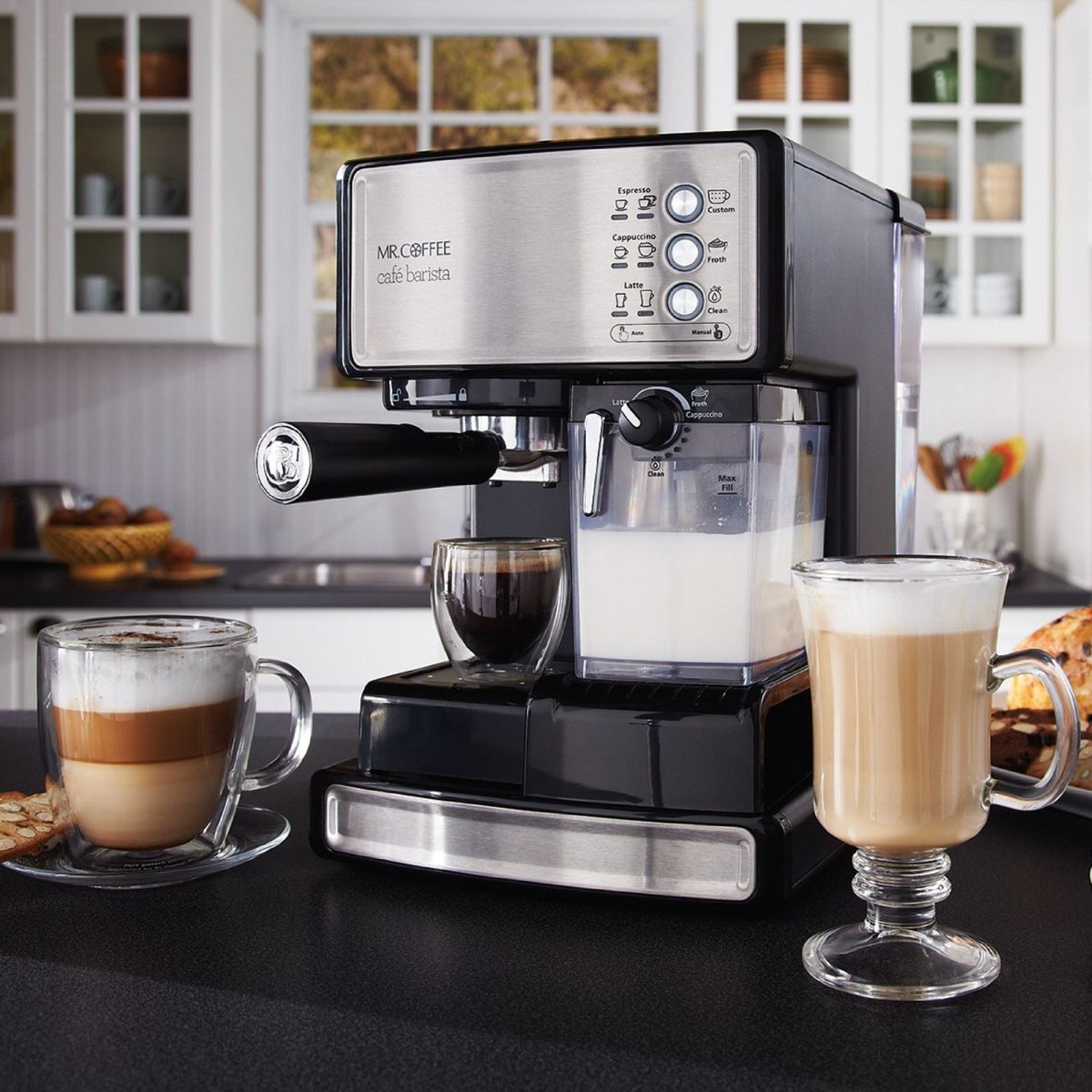
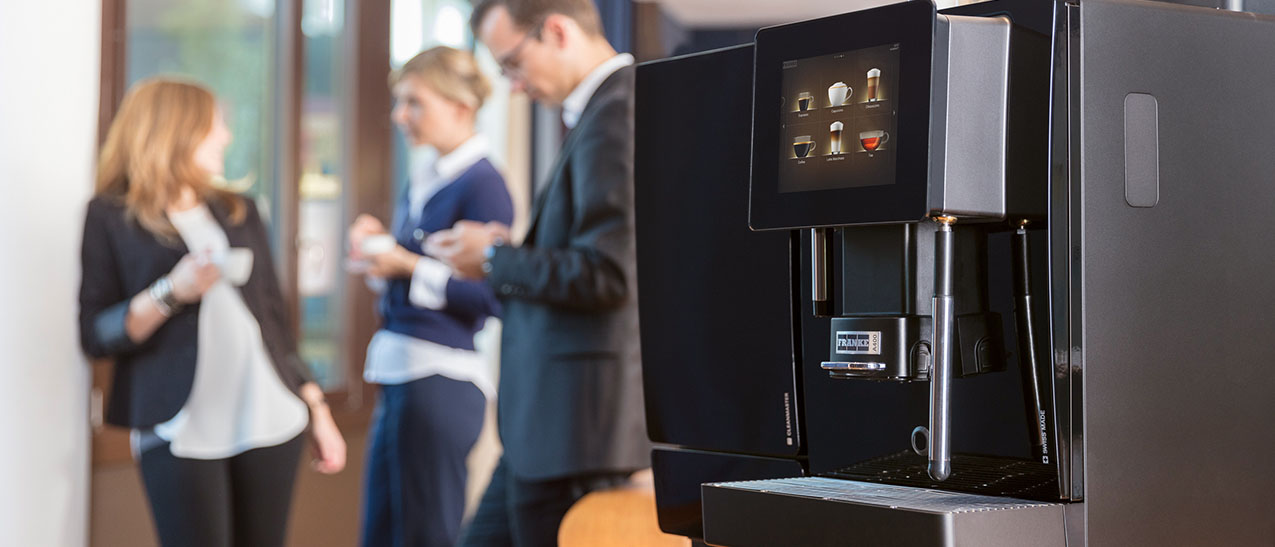
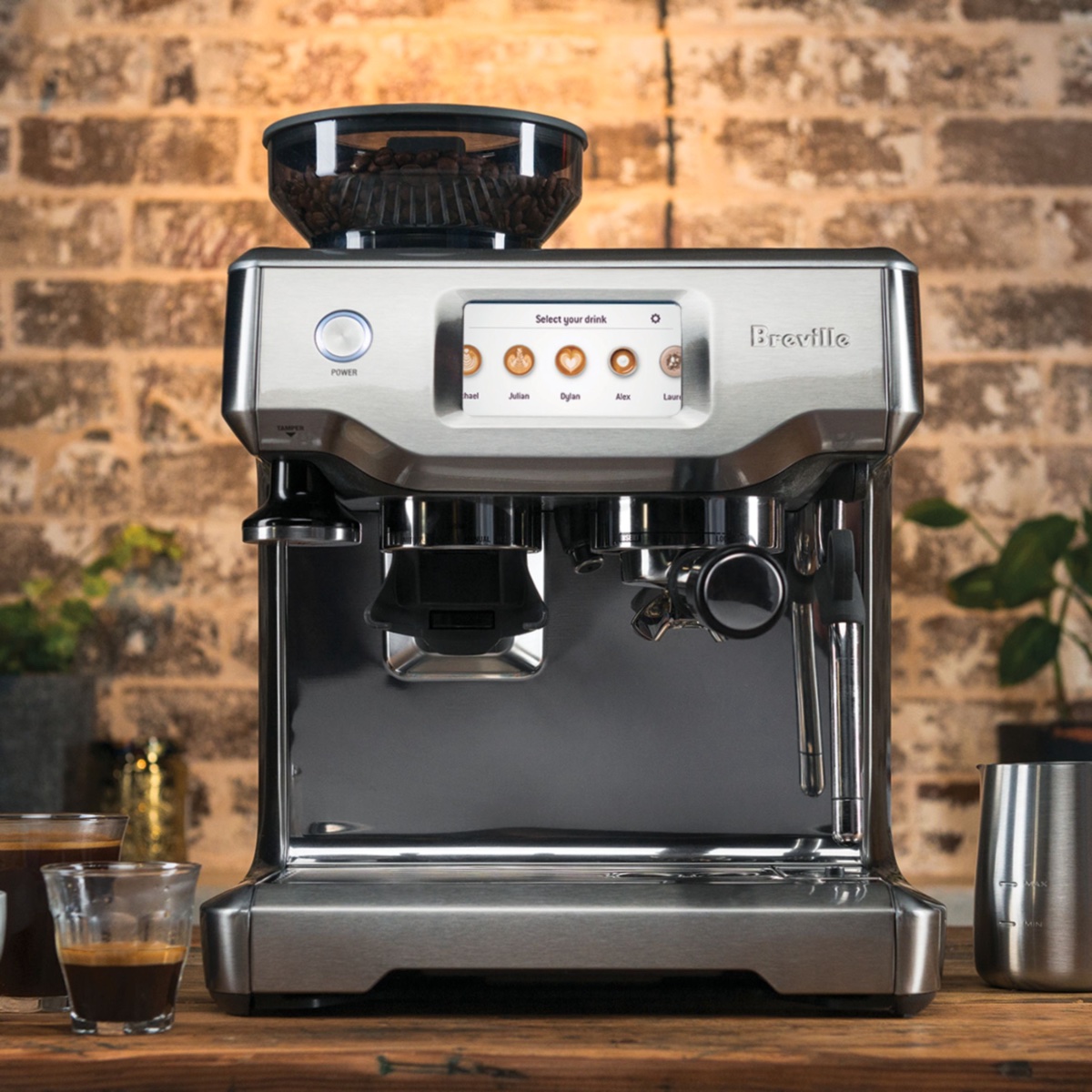
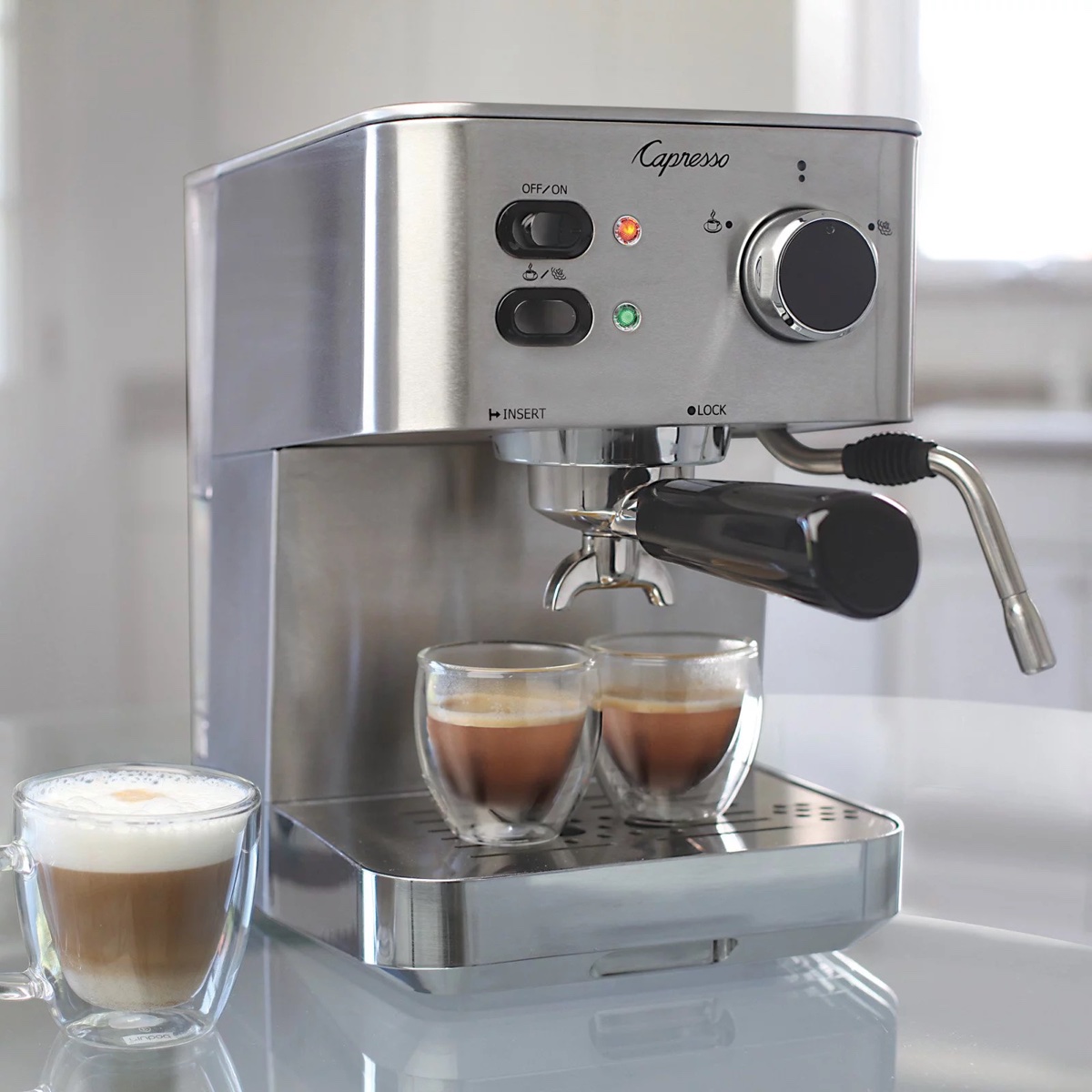
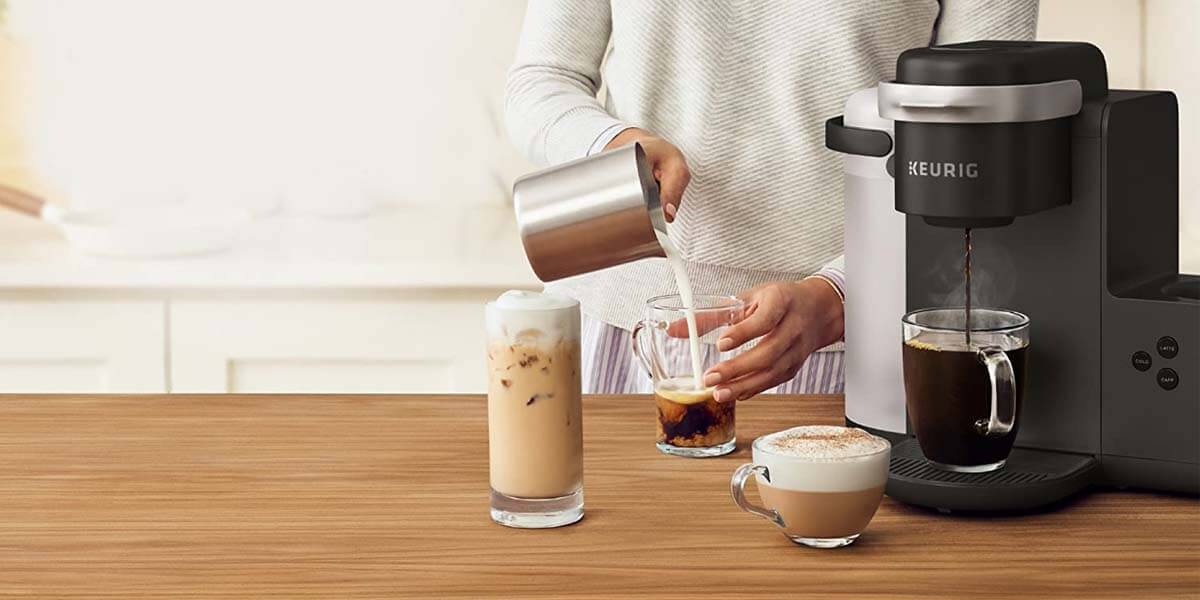
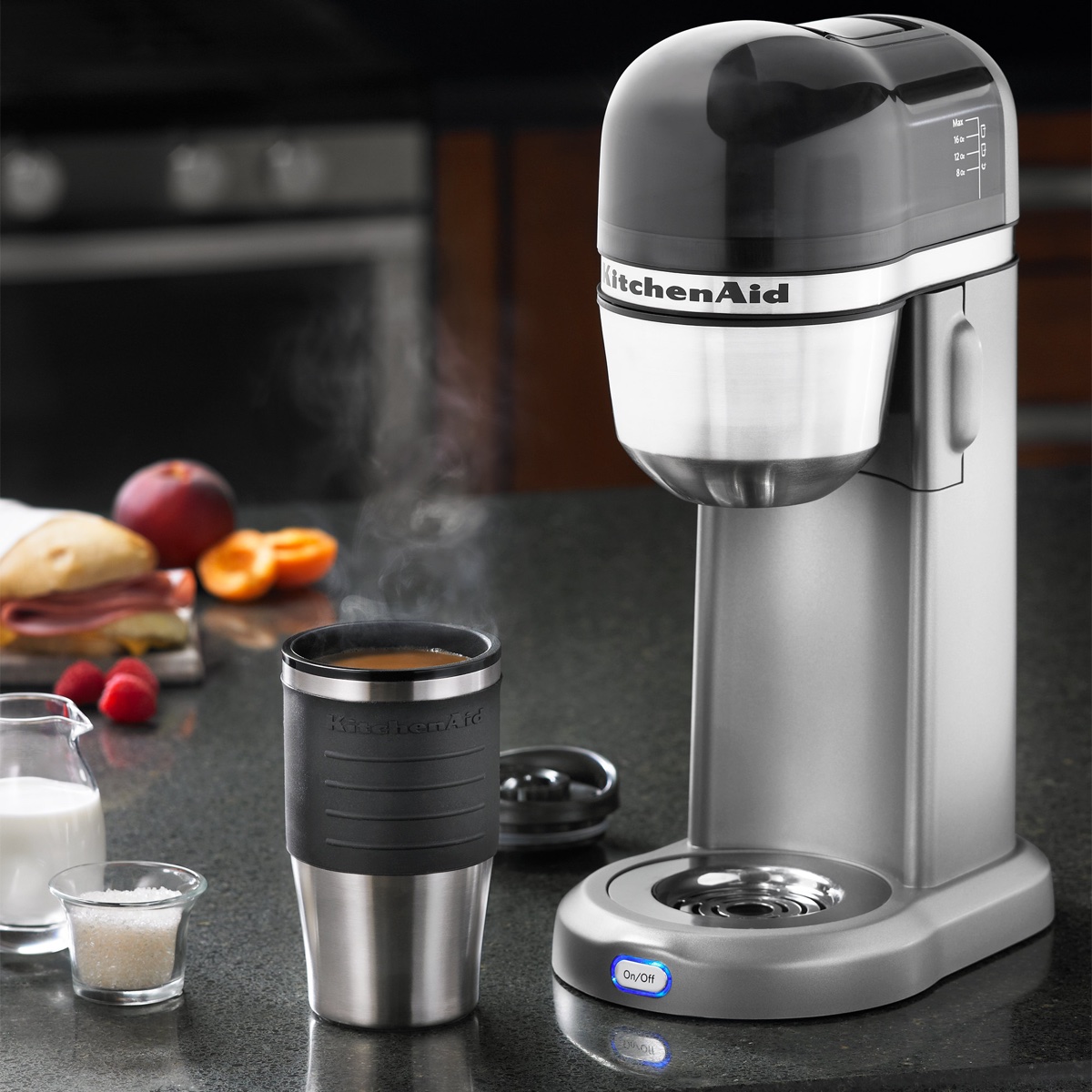
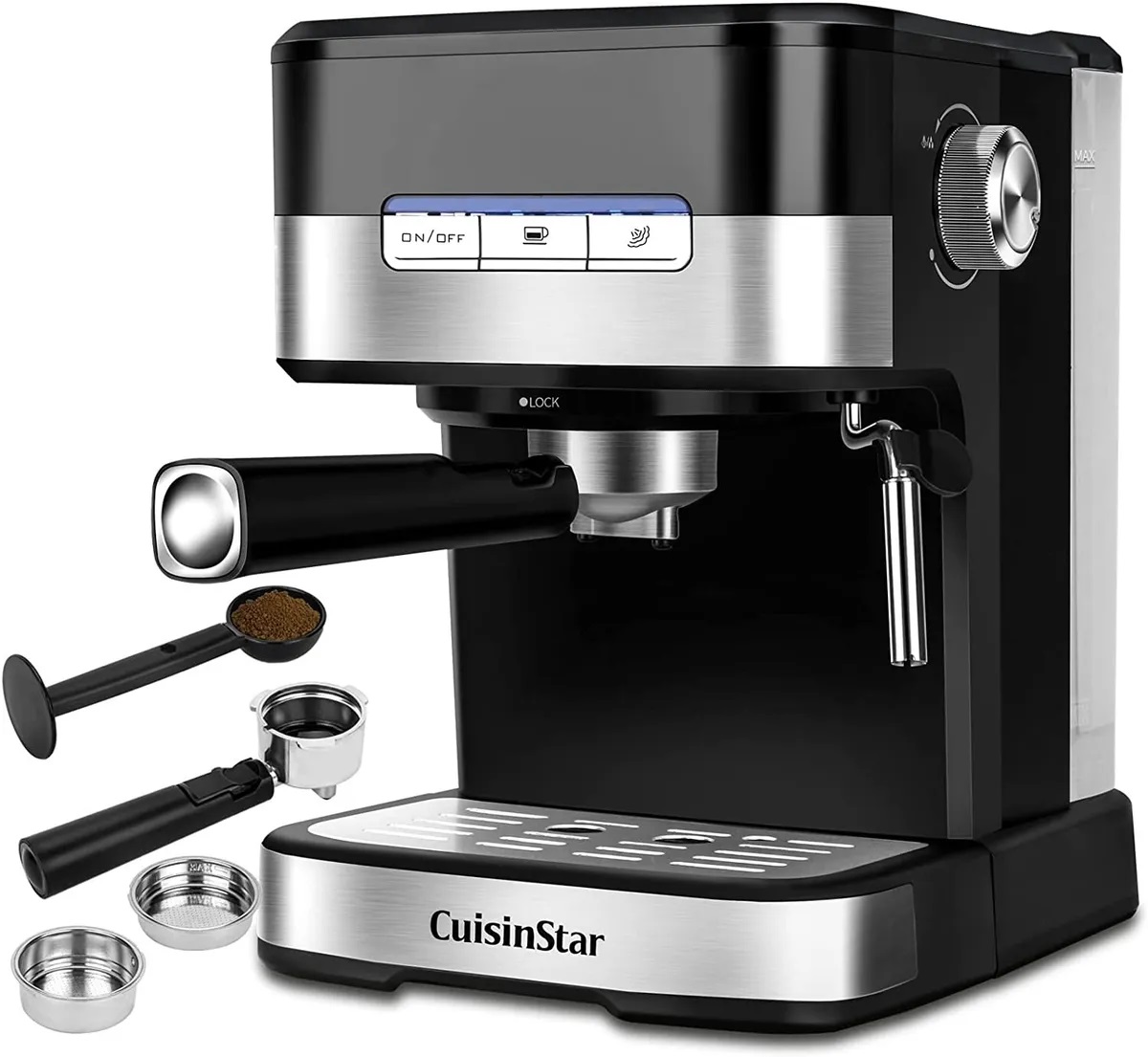
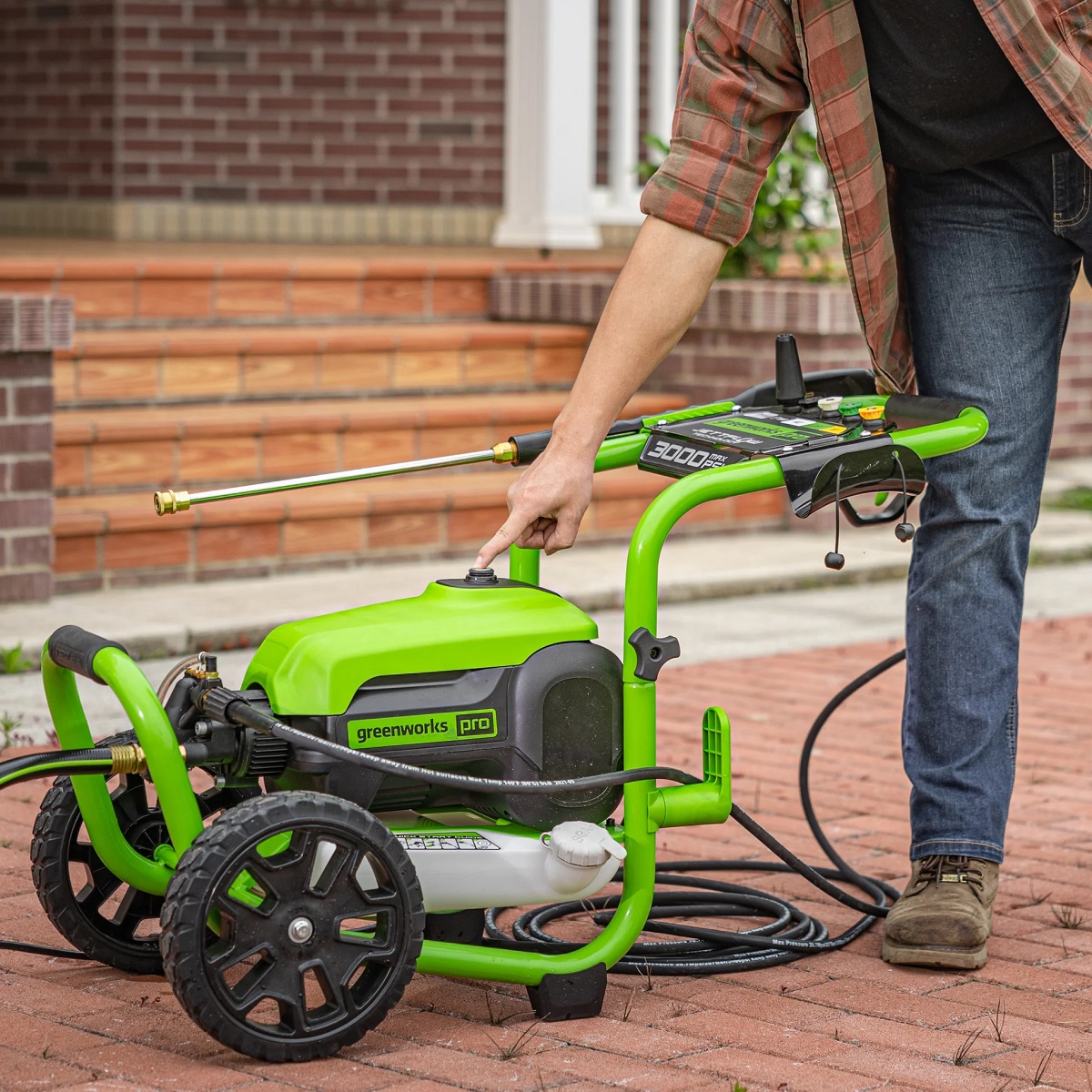

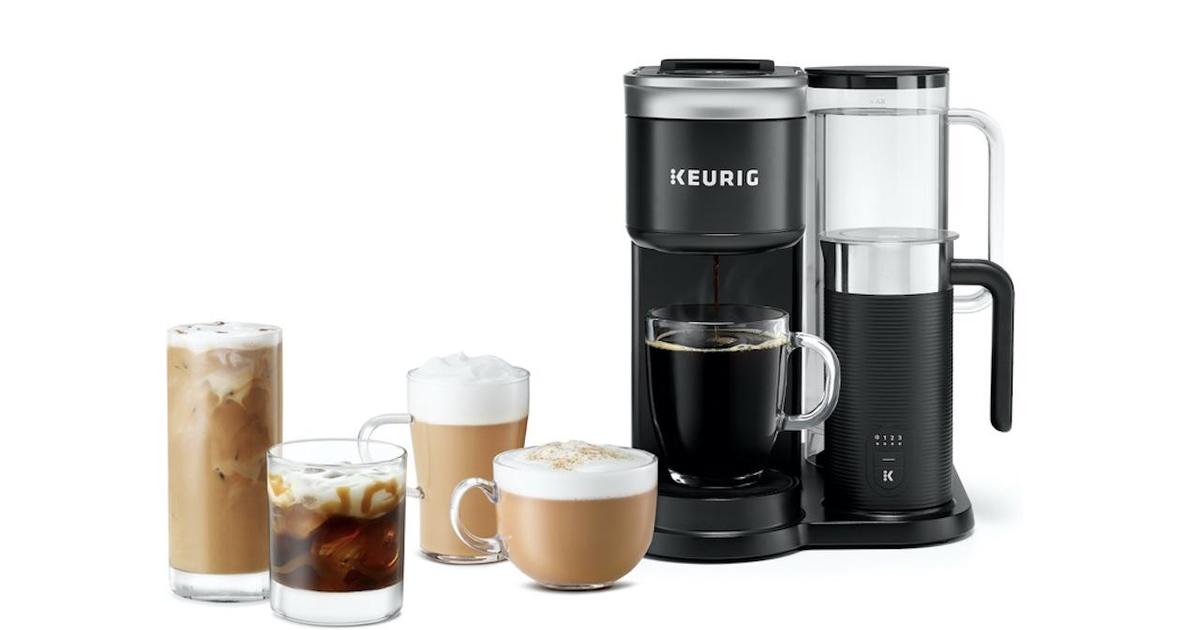
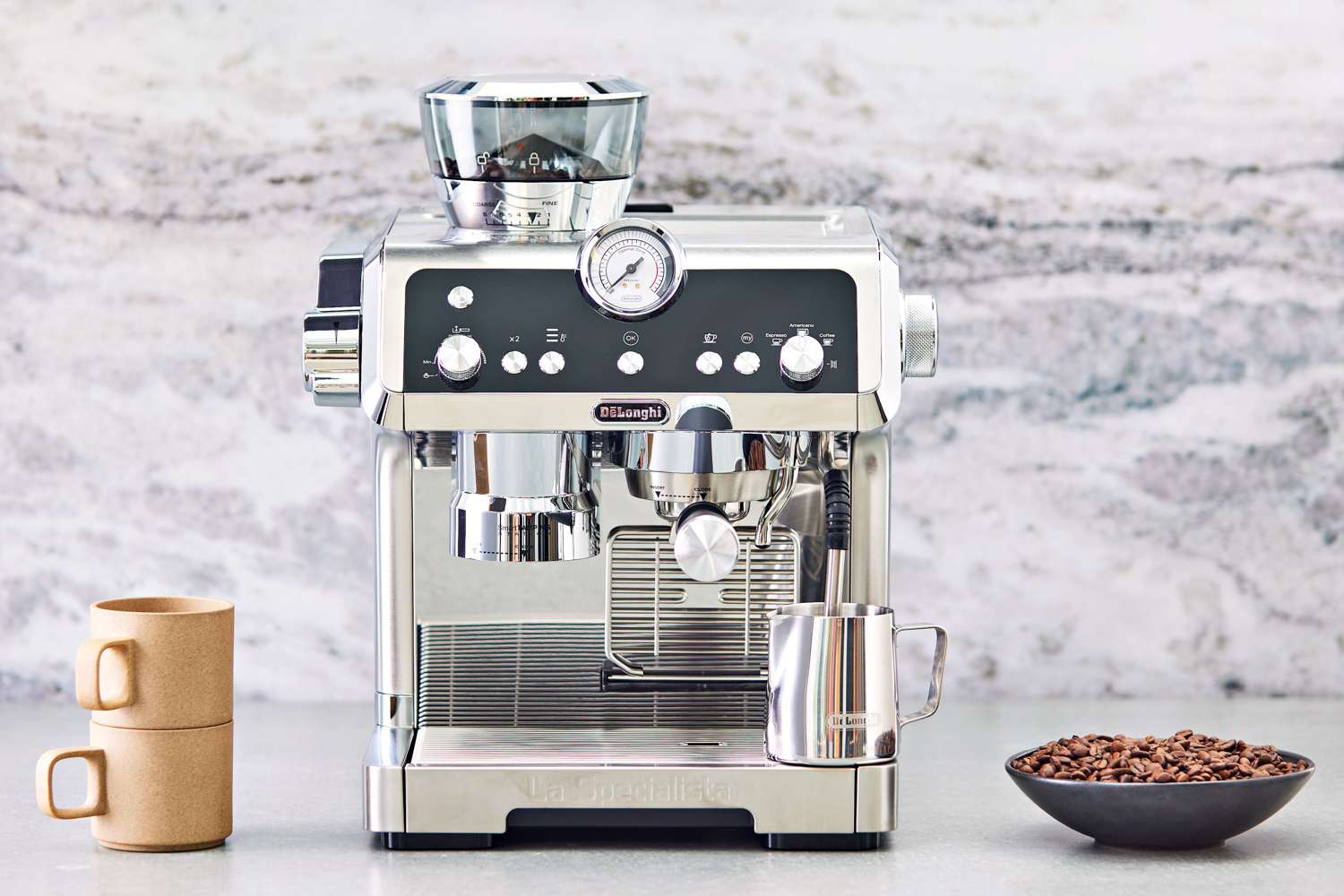
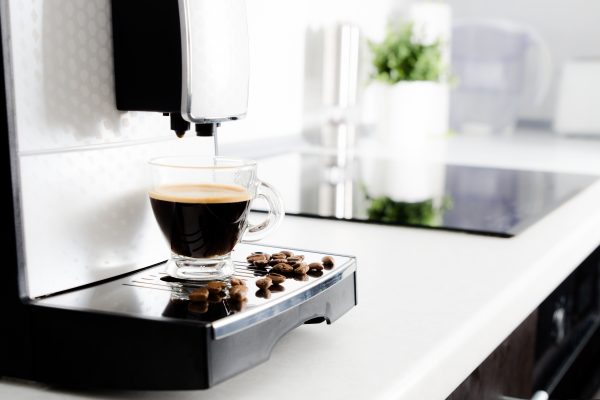
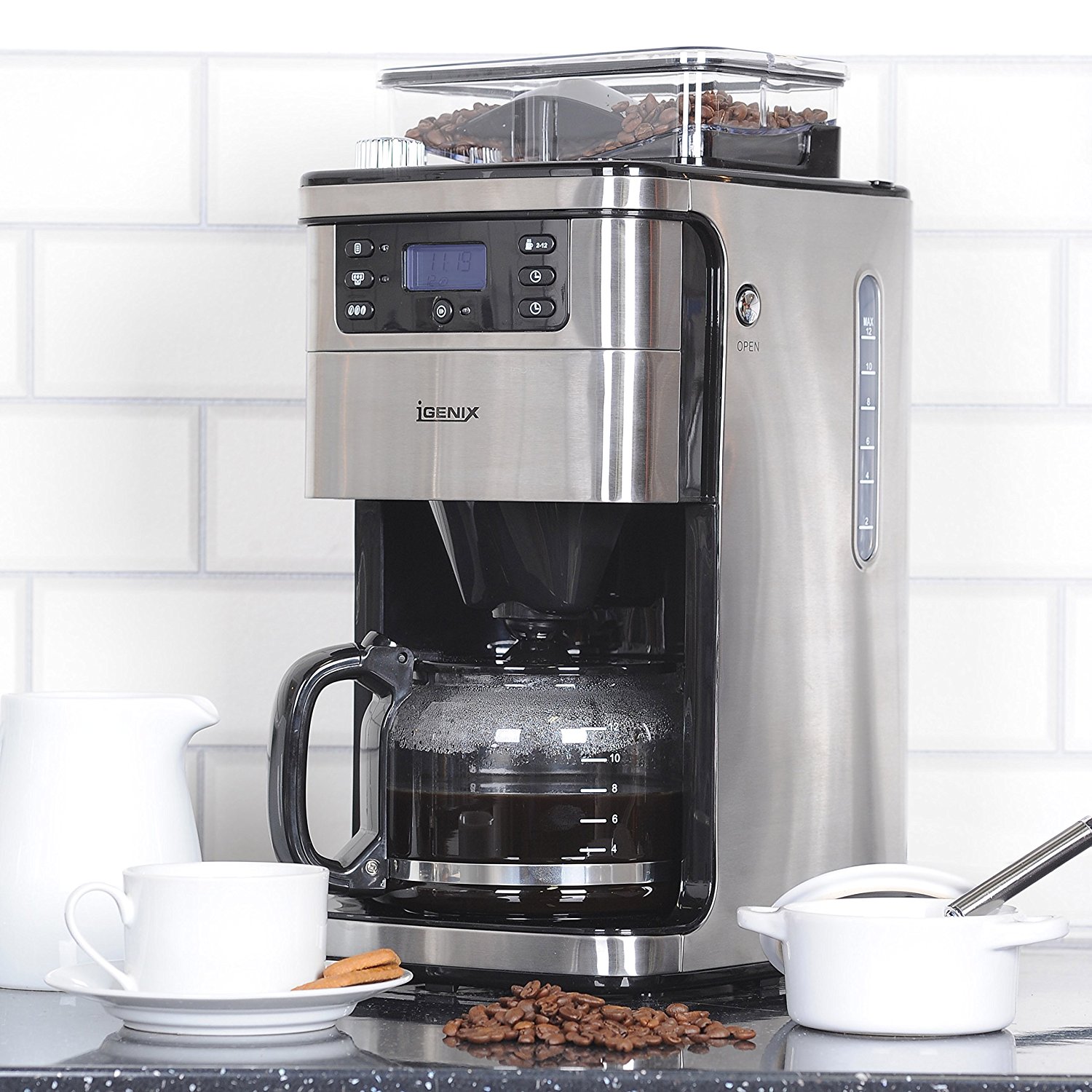
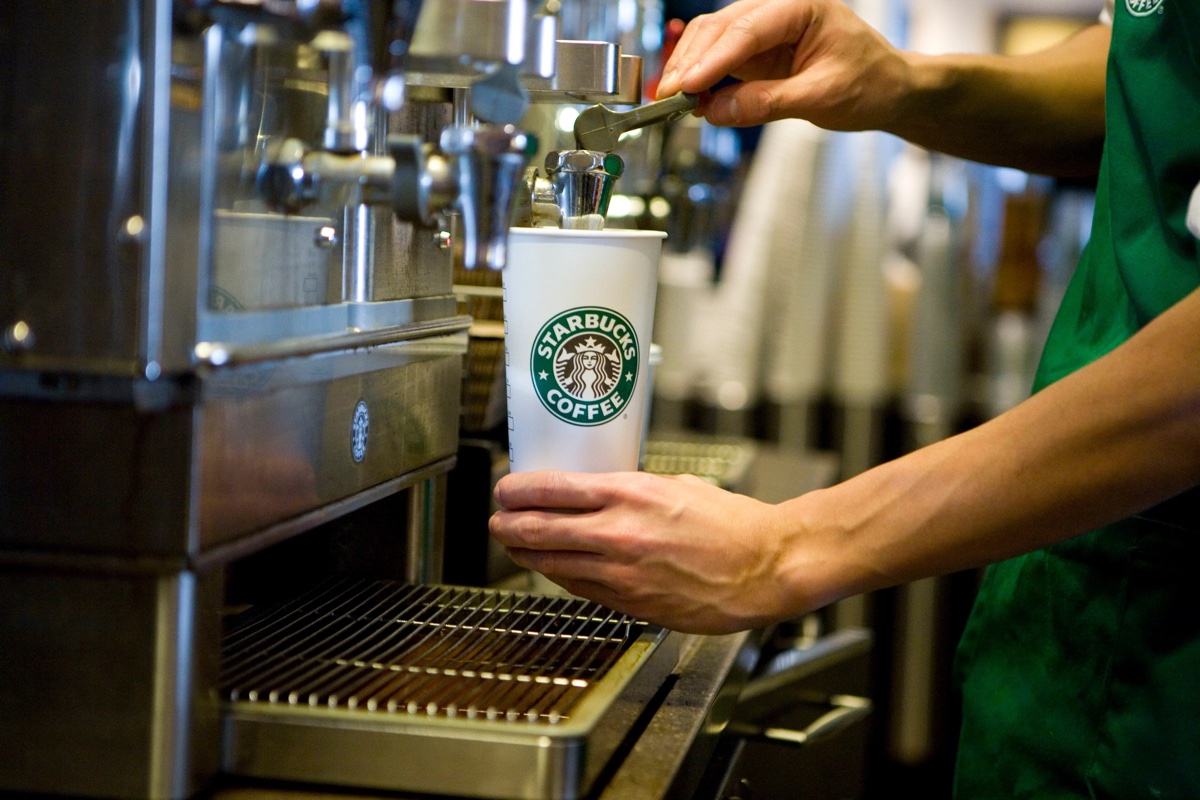

0 thoughts on “What Is The Best Bar Pressure For A Coffee Machine”